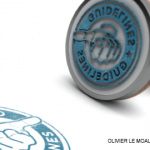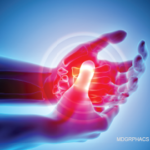Dr. Chung: The ACR uses the GRADE methodology to create guidelines: A core team, which includes a chair and other experts in the field, as well as a literature review expert and a grade methodologist expert, are assembled. For this project, I was the chair, and the core team included seven individuals. With input from the three panels, we developed clinically relevant questions for each of seven different types of vasculitis we wanted to address.
The questions were created in the PICO format, which stands for population, intervention, comparator and outcomes. This allows you to specify the patient population you’re interested in studying, the intervention you’re interested in, the comparator you’re interested in and, then, the outcome of interest. For example, a PICO question could be: ‘For patients with severe granulomatosis with polyangiitis (GPA) and microscopic polyangiitis (MPA), what is the impact of using rituximab vs. cyclophosphamide for remission induction when considering disease- related outcomes and adverse effects?’
We developed 176 PICO questions for the seven different types of vasculitis. The ACR published the questions for public comment, and we revised them accordingly.
Once we had the PICO questions we felt were important to answer, we sent them to the literature review team. This was a Herculean effort for the literature review team, which essentially had to conduct 176 meta-analyses for this project.
They started out with 13,800 articles, which were eventually whittled down to approximately 1,200 articles to be used in evidence reports for the vasculitides under study. Then we took each evidence report and presented it to a patient panel of 11 individuals with different types of vasculitis to get the patients’ input on particular questions, such as remission-induction strategies in ANCA-associated vasculitis or prednisone treatment for different types of vasculitis.
After we got the patient panel’s opinions, we convened a voting panel that went through the 176 PICO questions. For each, we discussed the evidence reports, incorporated the patient panel’s feedback, then generated and voted on each recommendation.
For each recommendation, we voted on the direction (i.e., Are we in support of the intervention or not?) and the strength (i.e., Do we strongly or conditionally recommend the intervention?). Strong recommendations are those that you could base policy on, often with multiple randomized controls supporting the recommendation and significant clinical experience behind that recommendation. Strong recommendations can be used as a quality-of-care indicator.



